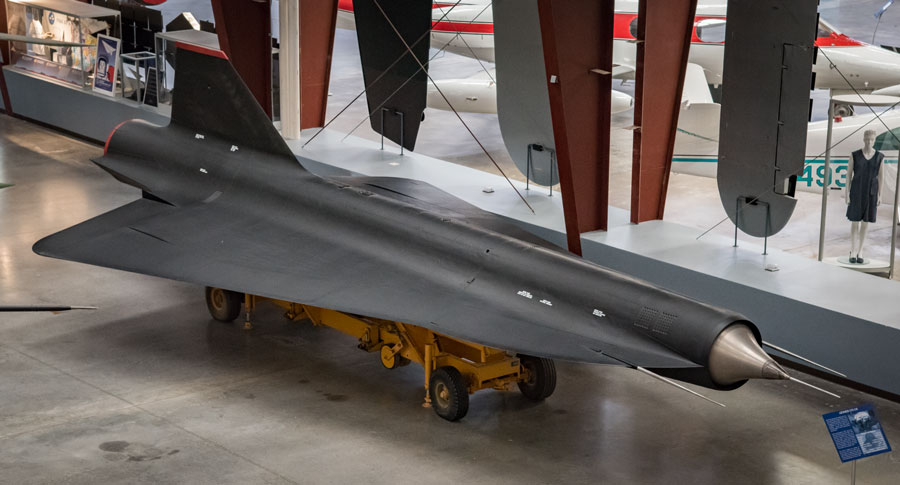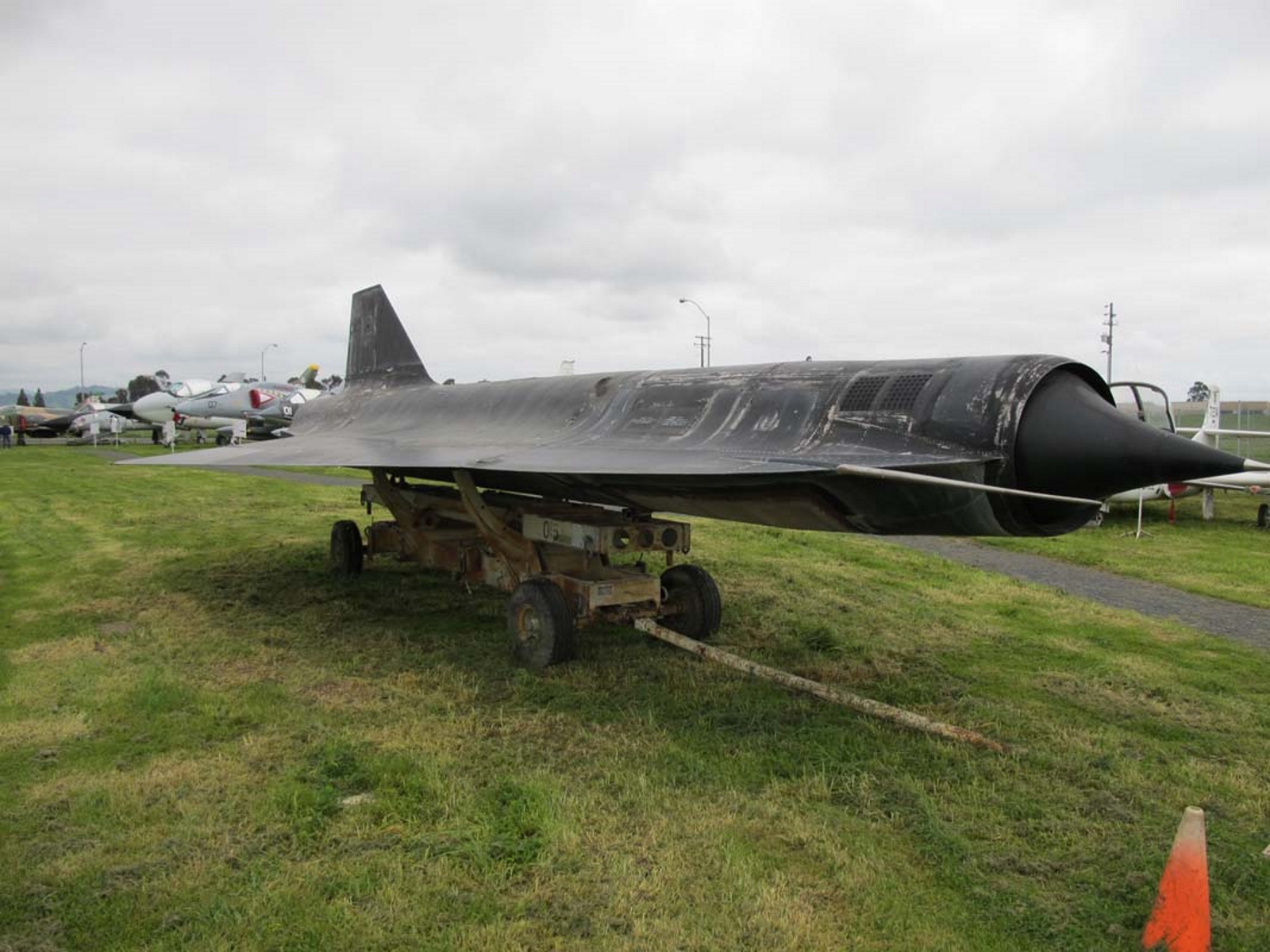Lockheed D-21: The Supersonic Spy Drone of the Cold War Era

During the height of the Cold War, the race for military supremacy saw remarkable advancements in aviation technology. One such innovation was the Lockheed D-21, an unmanned supersonic spy drone designed for high-altitude reconnaissance missions. Developed in the 1960s, the D-21 played a crucial role in gathering intelligence and monitoring enemy activities during a period of heightened tensions between superpowers.

The Lockheed D-21, also known as “Tagboard,” was developed as a joint project by the Central Intelligence Agency (CIA) and Lockheed’s Skunk Works division. The primary objective of the D-21 was to conduct aerial reconnaissance over denied or hostile territories, particularly the Soviet Union and other communist nations. It was designed to complement the existing U-2 spy plane, which faced increasing challenges in penetrating heavily defended airspace.
The D-21 was an unmanned drone with a sleek design, featuring a long fuselage and a delta wing configuration. It was powered by a Pratt & Whitney J75-P-13 turbojet engine, propelling the drone to a top speed of Mach 3.3 (over 2,200 mph) at altitudes of up to 95,000 feet. Such incredible speed and altitude capabilities made it extremely difficult for enemy defenses to intercept or shoot down the drone.
The drone’s length was approximately 43 feet, and it had a wingspan of around 19 feet. It carried various cameras and sensors, capturing high-resolution imagery and vital intelligence data during its flights. To enhance its stealth, the D-21 was coated with radar-absorbent material.

Launching the D-21 posed significant engineering challenges. To achieve its operational altitude and speed, the drone needed to be air-launched from a parent aircraft. The chosen carrier aircraft was the M-21, a modified version of the A-12 Oxcart (the predecessor to the SR-71 Blackbird). The M-21 carried the D-21 drone on its back and released it at a designated launch point.
Upon completing its reconnaissance mission, the D-21’s return was equally complex. After gathering intelligence, the drone had to fly over a predetermined location, where its payload, containing the gathered data, would be ejected and parachuted down to the ocean. The M-21’s crew would then maneuver the carrier aircraft into a steep dive, where the D-21 would rejoin it in mid-air, and it would be recovered mid-flight using a specially designed “catcher” mechanism.
The Lockheed D-21 was a remarkable feat of engineering during its time, pushing the boundaries of aviation technology and espionage capabilities. Its contribution to gathering valuable intelligence during the Cold War era cannot be overstated. While it faced challenges and ultimately saw discontinuation, its legacy lives on, having paved the way for subsequent generations of unmanned aerial vehicles and reconnaissance systems. The D-21 remains an important chapter in the history of aviation and spy technology, highlighting the ingenuity and determination of those involved in its development and deployment.





